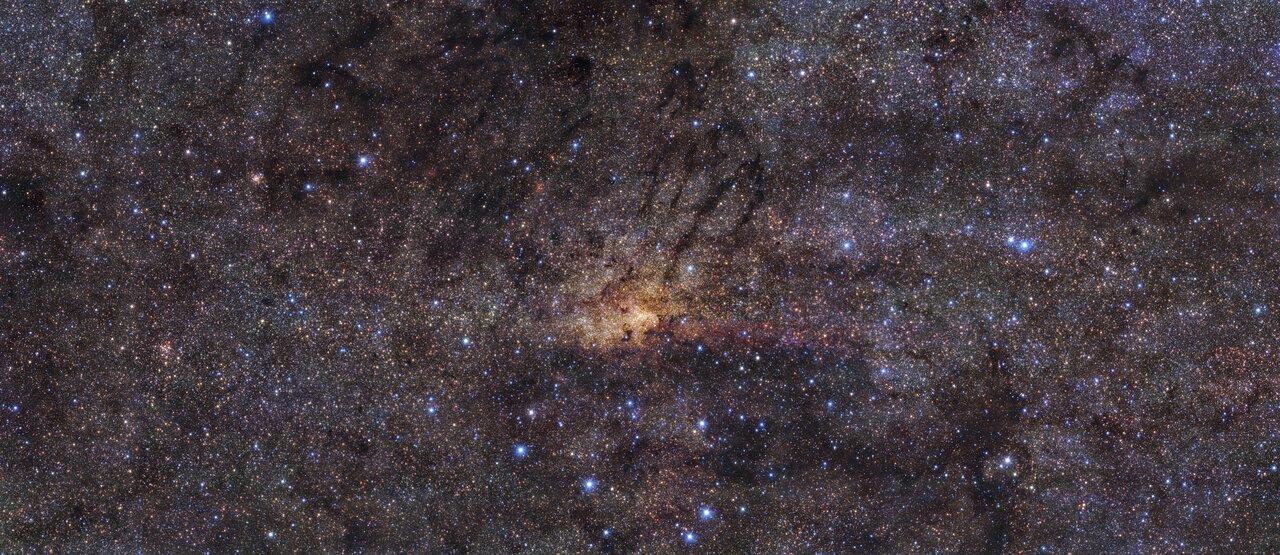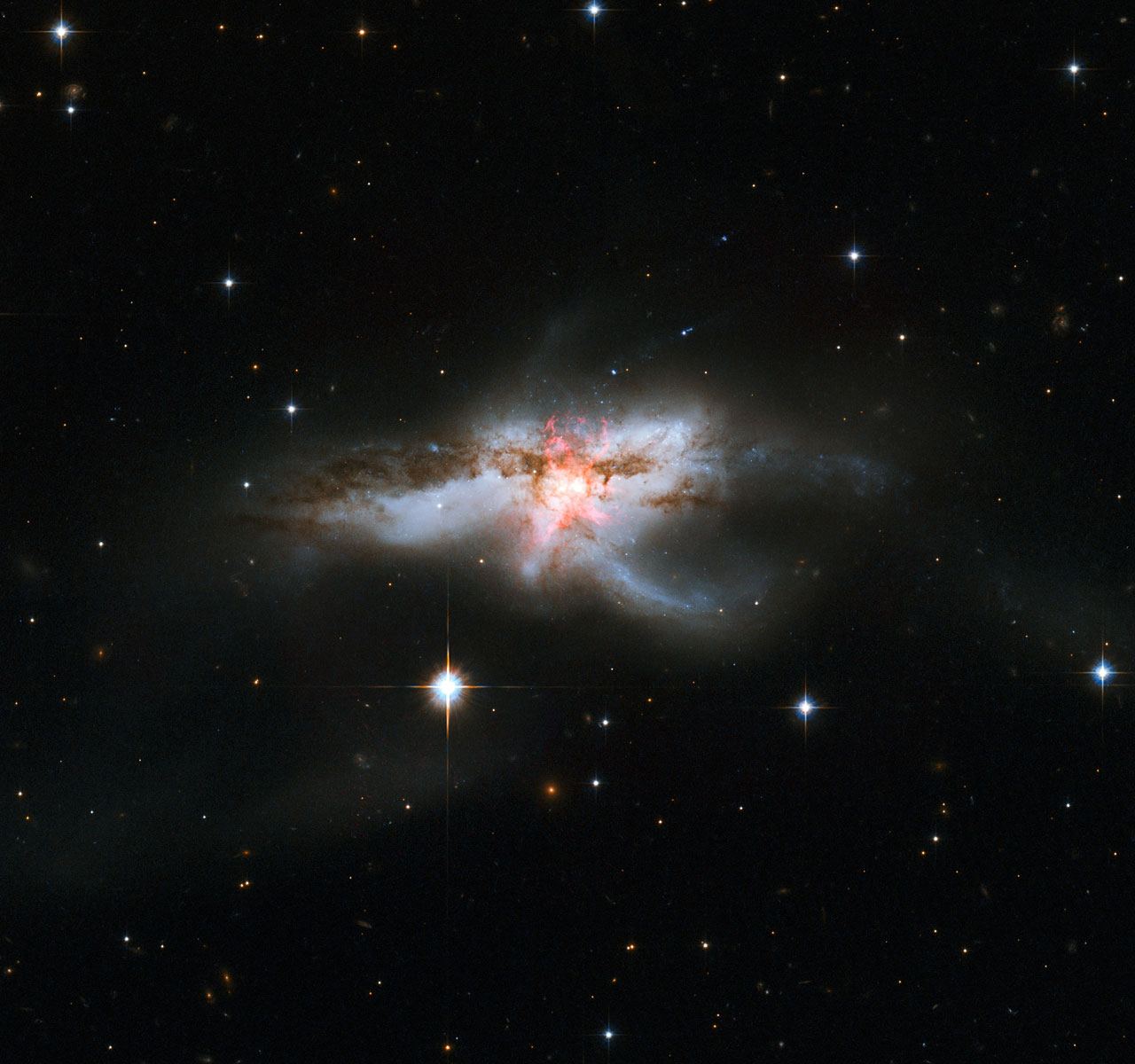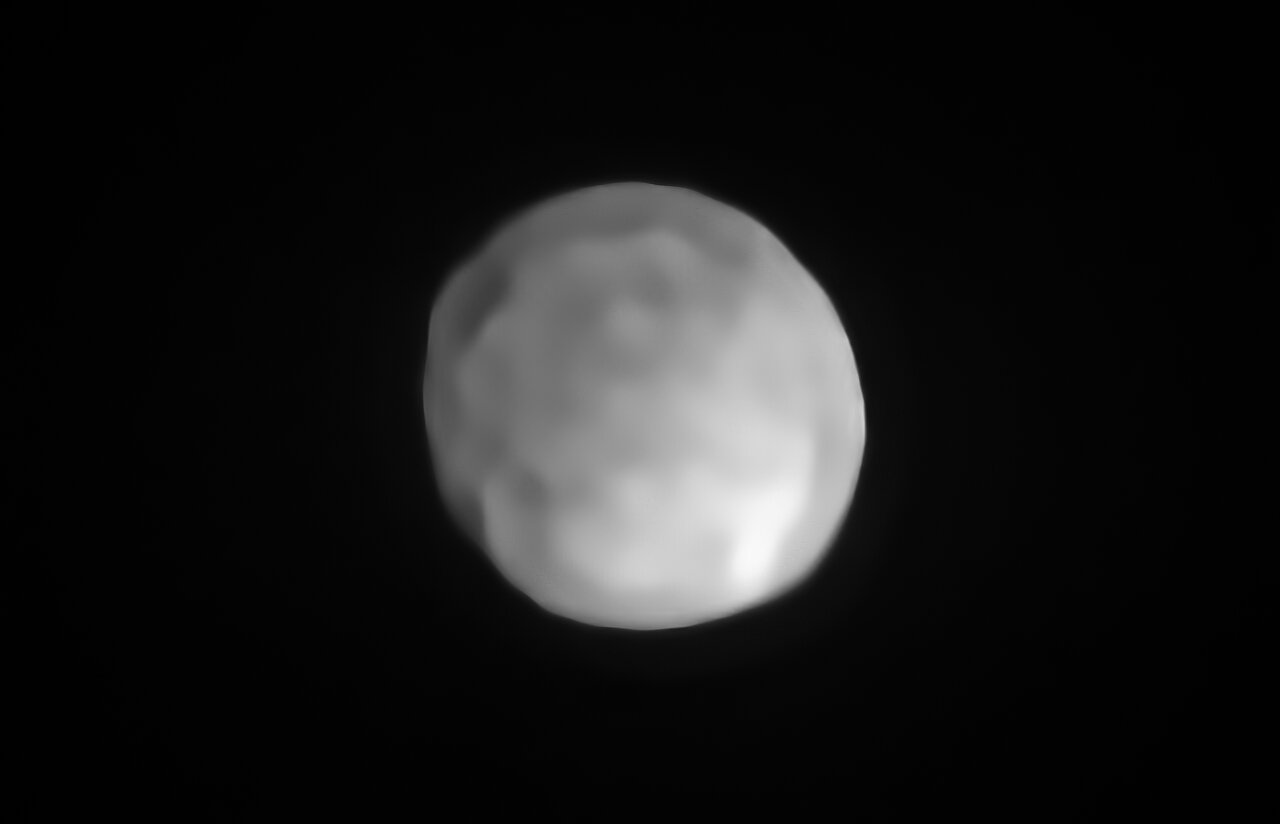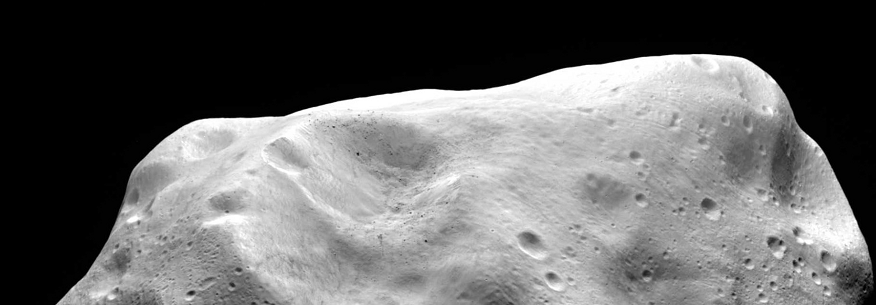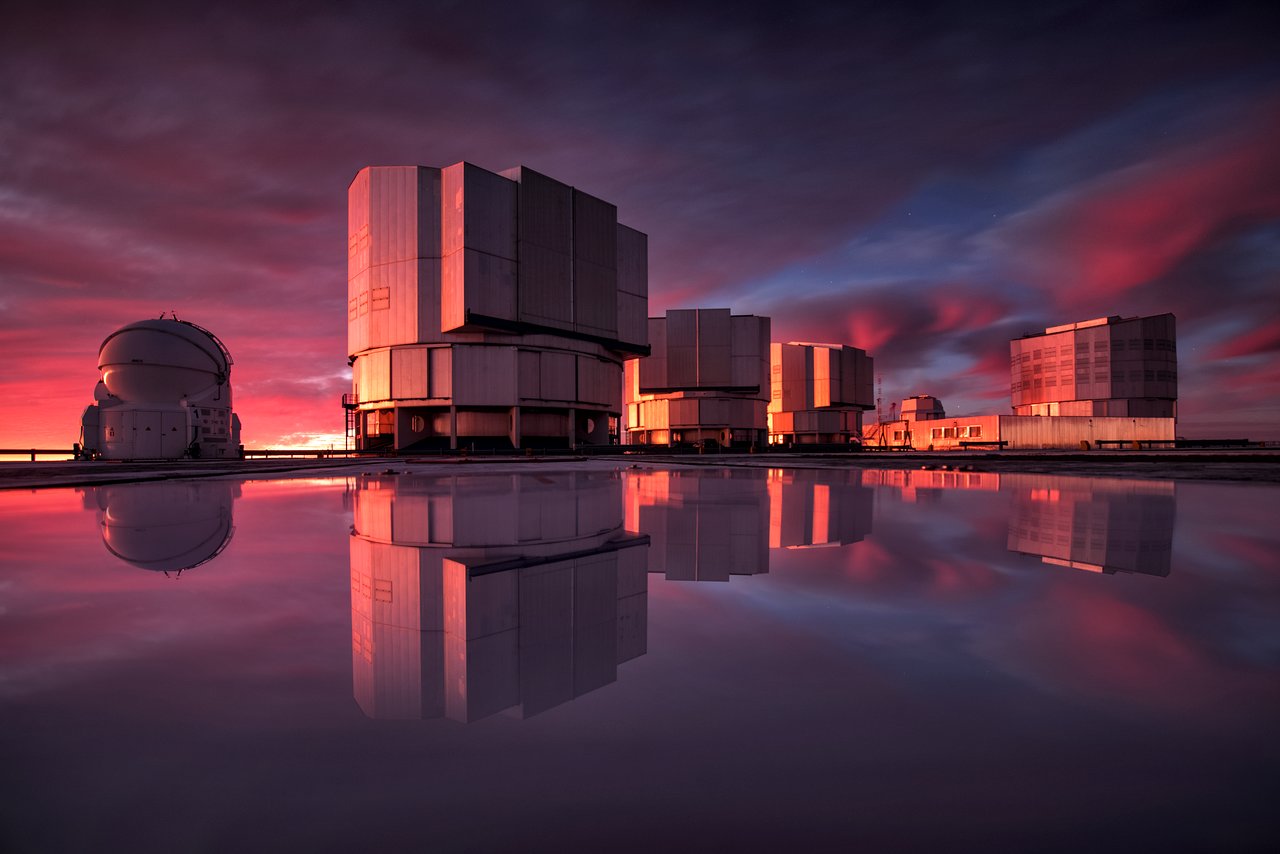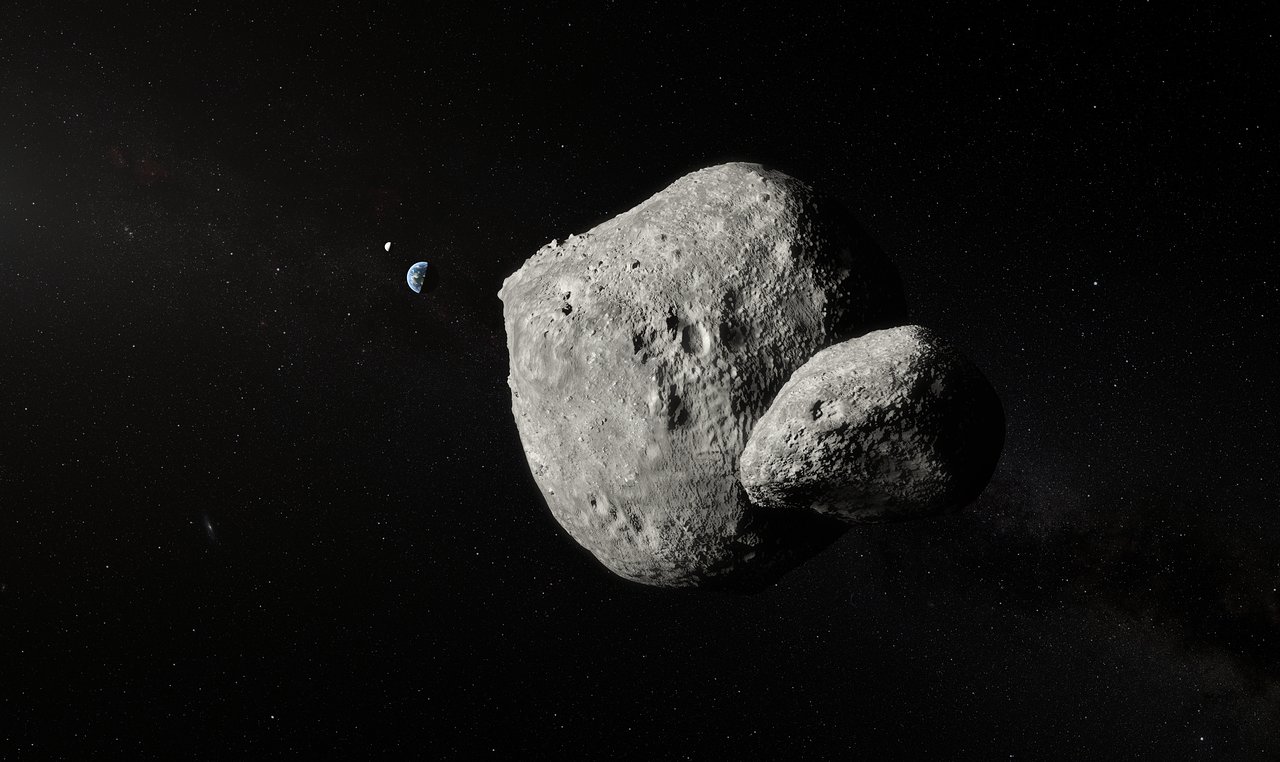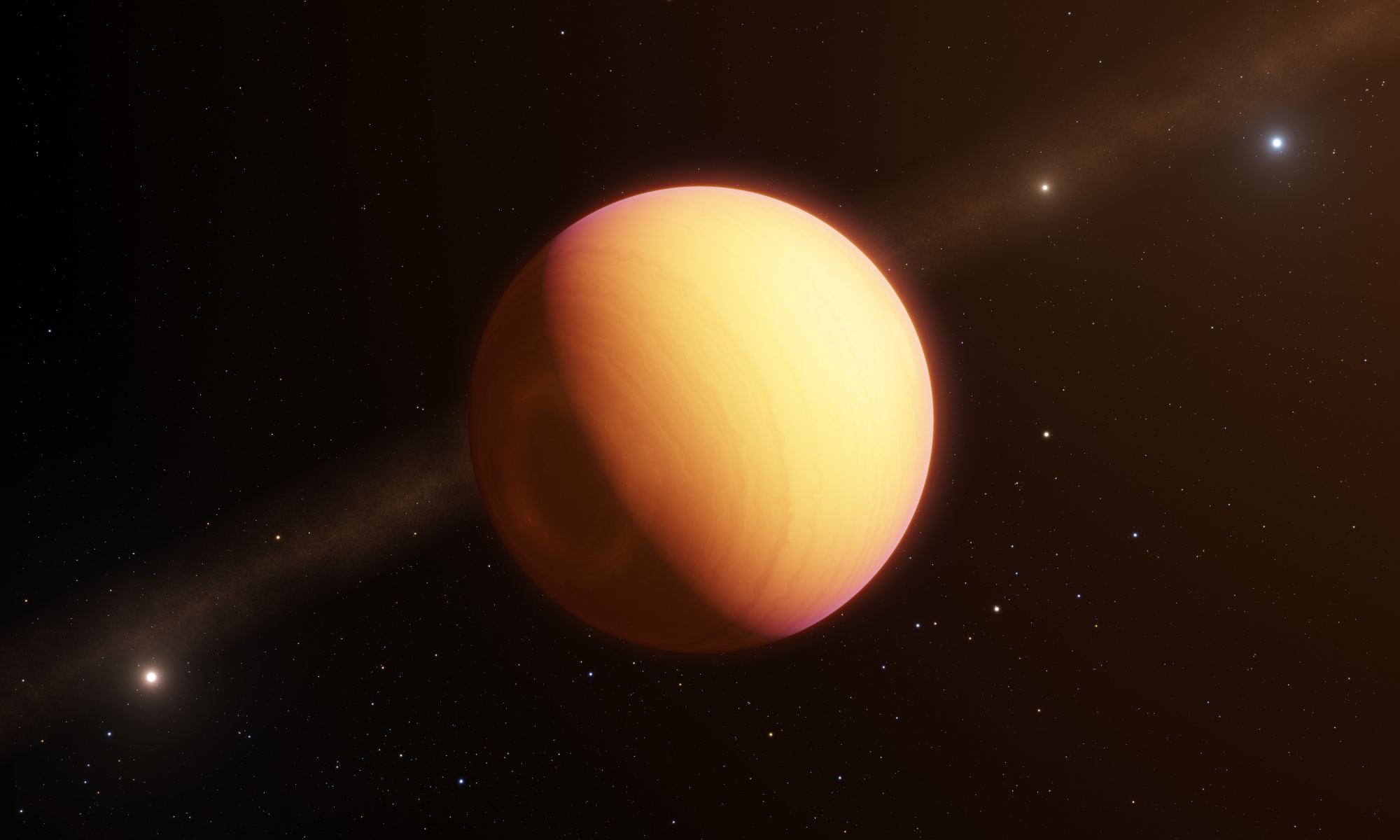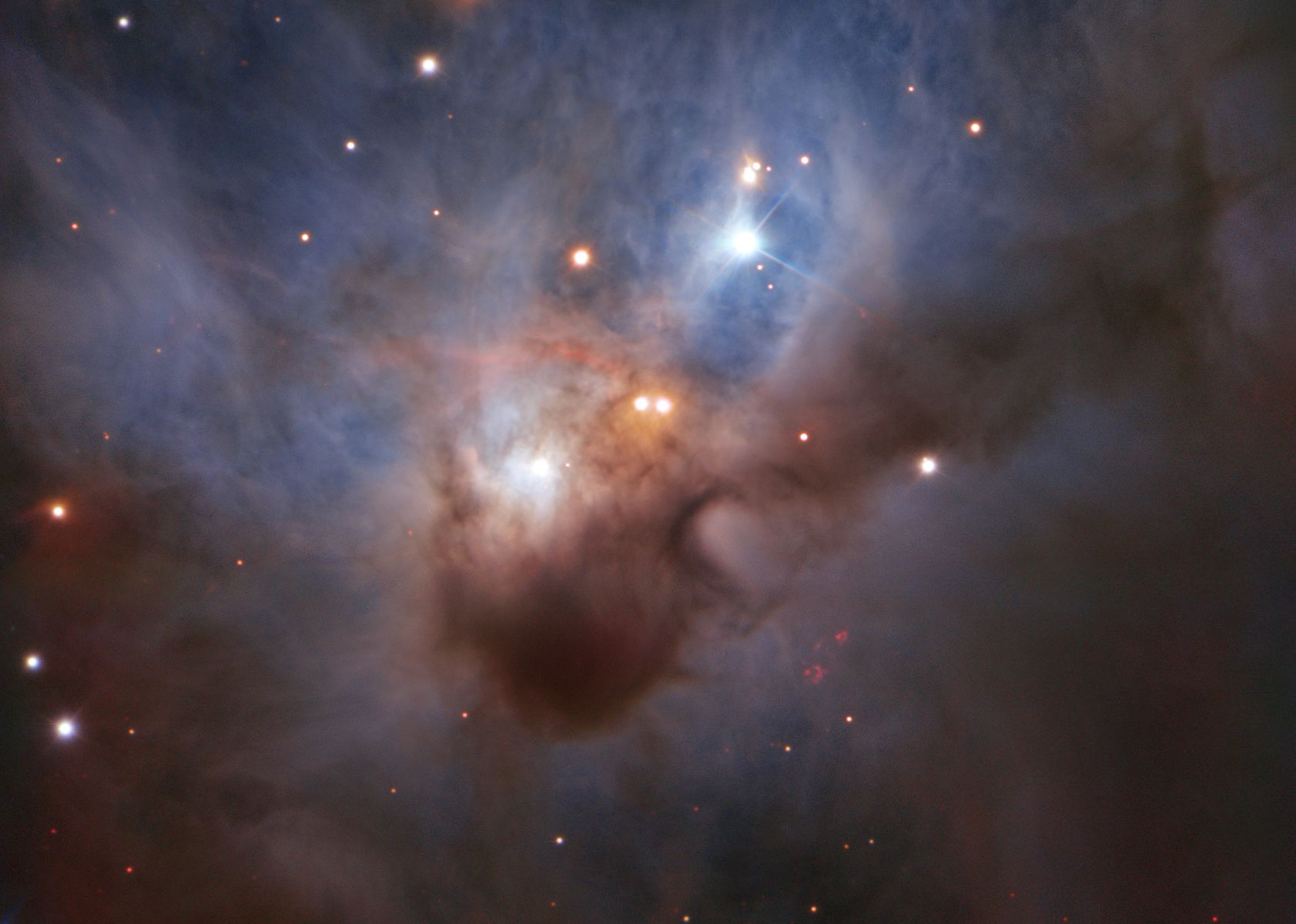Thanks to the latest generation of sophisticated telescopes, astronomers are learning things a great deal about our Universe. The improved resolution and observational power of these instruments also allow astronomers to address previously unanswered questions. Many of these telescopes can be found in the Atacama Desert in Chile, where atmospheric interference is minimal and the cosmos can be seen with greater clarity.
It is here that the European Southern Observatory (ESO) maintains many observatories, not the least of which is the Paranal Observatory where the Very Large Telescope (VLT) resides. Recently, an international team of astronomers used the VLT to study the center of the Milky Way and observed evidence of ancient starbursts. These indicate that the central region of our galaxy experienced an intense period of star birth in the past.
Continue reading “100,000 Supernovae Exploded Near the Core of the Milky Way”
